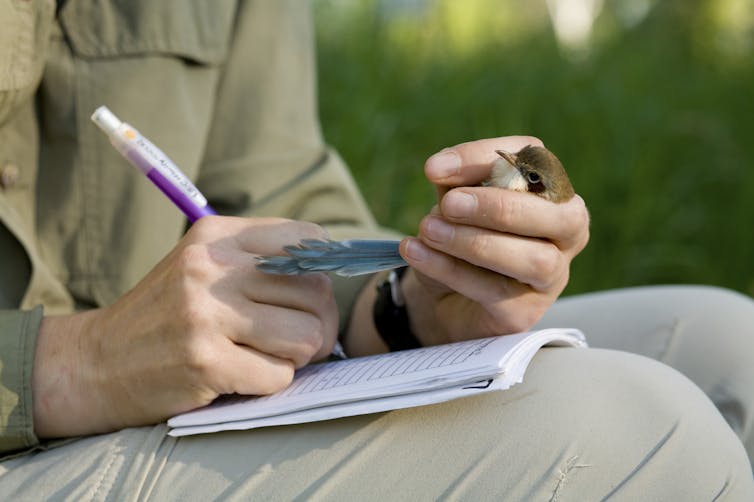Embrace Endless Opportunities

Embrace Endless Opportunities
by Randall Brown
Rachel Laribee came to UT Knoxville from Arlington, Tennessee, near Memphis, and will graduate this spring with not just a double major in psychology and women, gender, and sexuality studies, but also a double minor in neuroscience and sociology.
Laribee participated in a project of great cultural significance during her studies, working on the Social Action Research Team with Professor Patrick Grzanka, divisional dean for social sciences within the College of Arts and Sciences.
“Rachel has been an indispensable part of the Social Action Research Team this year,” said Grzanka. “Her commitment to producing rigorous scholarly research on pressing social issues is unparalleled. All the graduate students on the team and my faculty co-investigator came to value Rachel’s precision, attention to detail, and keen analytic insight over the past two years. Her future as a clinician and advocate for youth is the brightest.”
Team members investigated undergraduate emerging adults’ attitudes towards abortion and reproductive rights following the Dobbs decision, which overturned Roe v. Wade.
“Not only was it a topic that I was deeply interested and passionate about, but it also enabled me to be directly involved in a study from the ground up,” said Laribee. “It made me significantly more confident as a researcher.”
The next stage in Laribee’s career will be working toward her master’s degree in child studies, on a clinical and developmental research track, at Vanderbilt’s Peabody College. Then, onward to a PhD program.
She encourages future Vols to embrace projects that take them beyond the classroom.
“I would say that the best thing you can do for your education is engage in diverse research projects,” said Laribee. “I’ve worked with faculty in the College of Nursing, the College of Education, and the College of Arts and Sciences, and all these projects have been incredibly fulfilling and allowed me to learn new things about myself and my interests for a future career. Be brave about reaching out too!”
The College of Arts and Sciences congratulates Rachel Laribee for successfully navigating her interdisciplinary blend of majors and minors and exemplifying the Volunteer Spirit.

